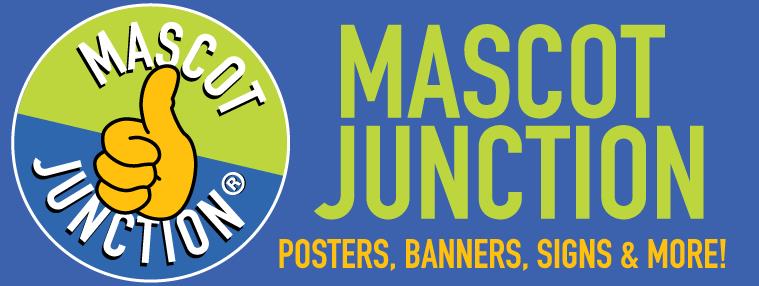Frequently Asked Questions:
How do I download the clipart?
After you purchase a clip art set, we send you a link where you can download the zipped file onto your computer's hard drive. Make sure you can find it after the download. You can download it to your desktop, or into any folder on your hard drive. Then, double click on the zipped file and a new folder will appear beside the zipped file. Your art is inside that folder. You can throw away the zipped file now. It is possible to view the files inside the zipped file, but you can't open them. That's why you must work with the files inside the new folder.
How do I open the clipart?
There is a difference between "opening" art and "placing" or "inserting" it inside a document. In most cases, you'll be able to do what you want by "placing" or "inserting" it. If you want to edit, or make changes to the original art, you will need some type of photo editing program, like Photoshop, to do it.
What's the difference between the high and low resolution images?
Png images are like photos and made up of many pixels, or little squares. If you enlarge them enough, you can see the pixels. You have to enlarge the high resolution png images much more than the low resolution before you see the pixels. The low resolution png images are best for electronic applications such as in Powerpoint or on Web sites. Typically, they look good (not pixelized) when they are 6 inches square or smaller. The high resolution png images can be used for print applications because print requires more detail (300 pixels per inch) compared to electronic applications (72 pixels per inch). The high resolution png images are created at approximately 8 inches square at 300 pixels per inch.
Why are my images in jpeg format?
Some of our older clip art collections are in jpeg format. The only difference between jpeg and png format is that png images come with a clear background, whereas jpeg images come with a white background. If you want png versions, just ask us, and we'll be glad to provide them for you.
What do I do if my printer wants proof of the rights to reproduce the clipart?
Although this is rare, we'd glad to accommodate by providing a letter to prove that you purchased the royalty free rights, and have the reproduction rights to the art.
What does "royalty free" mean and what are the legal limitations?
Royalty free means that we don't charge you an additional fee for the number of times you use the clipart. Basically, use it for anything you want, with one exception: Don't give the digital files away for free, or sell them. Your royalty free rights cover the use of the art for one school - YOUR school. Don't give the art to another school. You CAN lend it to a vendor to have t-shirts and other printed product made for you. You can also use it on Web sites - just don't invite others to download and use the art.
Can I share the clipart with my school's staff? Yes. The royalty free license covers everyone who works for the school. Everyone who works for the school can have a copy of the art on their computer.
Can I get custom clipart illustrations?
Yes. Please send us a description of what you want and we'll send you a quote.
I don't see my mascot in your library - can you create a clipart SET for it?
No. We are glad to use the mascot you send us on posters, banners and signs, in a prominent position, but for the smaller "Role Model" illustrations found in matrix and rules posters, we only offer three options: 1. Illustrations of our mascot, 2. Illustrations of children, or 3. Illustrations of teenagers. We ARE able to change the colors in SOME of our mascots to match your school colors.
How do I get wrinkles out of my vinyl banners and posters?
Wrinkles and folds will come out, over time, when the vinyl is stretched flat, but there are ways to speed up the process. You can:
- BEST WAY - warm sun: Stretch the poster/banner out on a flat surface (sidewalk or parking lot) in warm sunlight. The heat softens the vinyl and wrinkles disappear. Stretching the vinyl helps. The warmer it is, the faster it works. If warm sunlight is not available, use one of the other methods.
- Heat Gun / Hair Dryer – Turn the vinyl print-side-down and apply warm air to the non-print side. Start with a low heat setting and test in a small area to ensure the temperature is not too hot - damaging the vinyl. Do not touch the heater directly to the vinyl.
- Iron - Turn the vinyl print-side-down and place a cloth over it so the iron never touches the vinyl directly. Start on the lowest temperature setting. Test on a small area. If the wrinkles don't come out, turn the heat up one setting at a time until you get results. Do NOT use steam or spray water. Vinyl is plastic and the water doesn't affect it, and only creates more of a mess.
